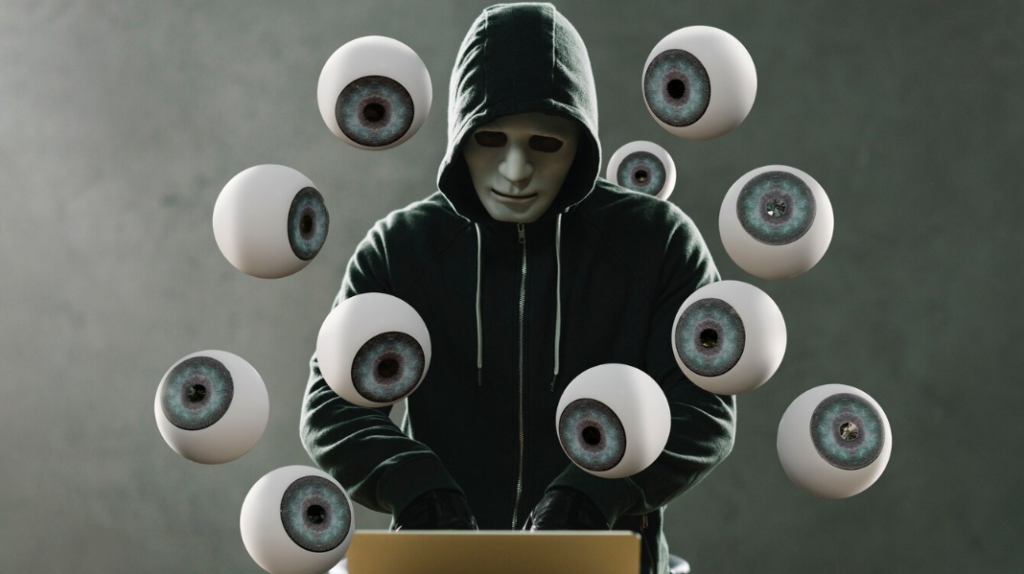The Rise of Parallel Realities
In the past, reality was singular. What we saw, heard, and touched defined the world we lived in. But today, digital simulations—from hyper-realistic video games to immersive virtual reality (VR) spaces—are evolving into alternate universes with their own logic, economies, and social systems. The boundary between “real” and “virtual” is no longer clear. Welcome to the age of reality forking.
What Is Reality Forking?
Reality forking refers to the splitting of perception and presence between the physical world and one or more simulated alternatives. These simulations are no longer mere entertainment—they are becoming persistent environments where people work, socialize, build identities, and even fall in love.
Key drivers include:
- Virtual and augmented reality platforms
- Massively multiplayer online worlds (MMOs)
- Digital twins of real cities and environments
- AI-generated experiences tailored to each user
- Decentralized virtual economies and digital property
As these virtual spaces grow more engaging—and in some ways, more controllable—users are choosing to spend time in them instead of the physical world.
When Virtual Becomes Valuable
In many cases, simulated worlds now offer more agency, safety, and reward than the offline world. In the digital realm, you can:
- Control your appearance
- Rehearse and reset decisions
- Interact without physical constraints
- Escape surveillance or social pressure
- Create entire economies from code
Some users are building lives in these spaces that feel more meaningful than their offline existence. Virtual jobs, relationships, homes, and reputations are taken just as seriously as their “real” counterparts.
The Competition for Attention
As simulations improve, the real world is beginning to lose its monopoly on attention. Time spent in VR headsets or digital universes competes directly with time spent outdoors, in cities, or with people face-to-face. The more immersive these alternatives become, the more the physical world must fight to stay relevant.
For some, especially younger generations, the digital realm isn’t an escape—it’s the primary stage of life. And as AI begins generating on-demand realities, users may soon live in fully customized experiences that adapt dynamically to their desires.
Existential Implications
The consequences of reality forking are profound:
- Psychological impact: How do we maintain a stable identity across multiple realities?
- Social cohesion: What happens when people live in incompatible virtual worlds?
- Political influence: Can simulated realities be weaponized to divide or manipulate?
- Ethical concerns: Do actions in virtual spaces carry moral weight?
Reality becomes not just subjective—but optional.
Choosing Your Reality
In a forked landscape, individuals may eventually choose their “base” reality—much like choosing a lifestyle or belief system. Some may prefer the physical, others the digital. Still others may fluidly move between them, maintaining avatars and bodies like different outfits for different worlds.
The question becomes: If reality is a menu, what do we lose when no one chooses the same dish?
Conclusion
Reality is no longer one thing. It is many, branching and evolving, shaped by code as much as by nature. As simulated worlds become indistinguishable from the physical, the future may not be about escaping reality—but choosing which one to inhabit.
And when simulated worlds begin to compete, we may discover that the most precious resource isn’t data or dollars—it’s belief in what’s real.


